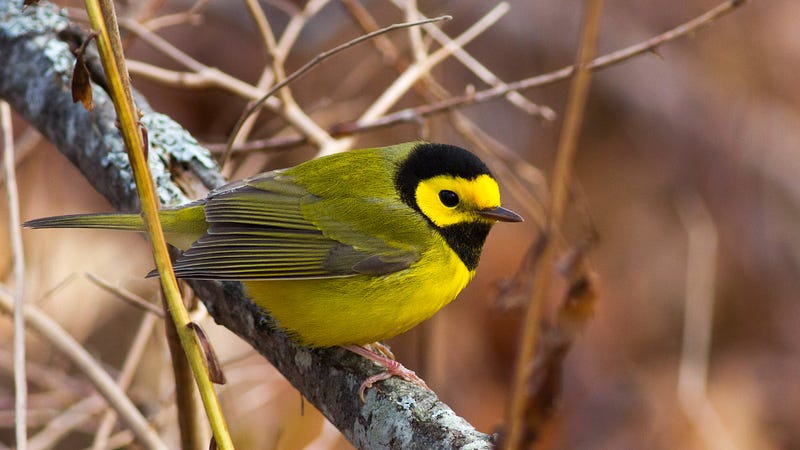Migratory Songbirds: The Balance of Foraging and Survival
Written on
The Impact of Tail Spot Size on Songbird Survival
Recent research on migratory songbirds reveals that those with average-sized white tail spots tend to have longer lifespans than their counterparts with larger patches. Earlier studies indicated that these tail spots play a vital role in both foraging efficiency and longevity.
This investigation centers on the hooded warbler (Setophaga citrina), a small, vibrant migratory songbird that breeds in Eastern North American forests and migrates south to Mexico, Central America, and the Caribbean for the winter. Hooded warblers employ a unique foraging method called flush-pursuit foraging. This technique involves the birds flicking their tails to expose bright white feathers, startling hidden insects, which they then pursue and capture mid-air.
Ron Mumme, an animal behavioral ecologist and Professor Emeritus at Allegheny College, stated, “We’ve known for some time that the white tail spots are important in hooded warbler foraging.” He further noted that obscuring the tail spots significantly reduces their foraging success.
But if having no white is detrimental and having some is beneficial, does more white lead to even better outcomes? This is the question Professor Mumme aimed to explore.
“Previously, we didn’t know how natural variations in tail white extent influence long-term survival,” he explained. To investigate this, he examined a 14-year database of hooded warblers at Hemlock Hill Field Station in northwest Pennsylvania. Over the years 2010 to 2023, Professor Mumme captured, color-banded, and measured the tail patterns of 625 individual hooded warblers that nested at Hemlock Hill during the breeding season from May to August. He then tracked the long-term survival of these color-banded birds in subsequent years.

Professor Mumme's findings revealed three key insights. Firstly, there was significant individual variability in the white tail markings among the hooded warblers, with 75% of this variation being consistent across annual feather molts. This consistency suggests a genetic basis for these plumage traits.
Secondly, the study showed that while most hooded warblers had limited long-term survival, with many only returning for 1-2 breeding seasons, a few individuals thrived, breeding at Hemlock Hill for up to nine consecutive years. This variation in longevity created an opportunity for natural selection to influence traits within the population, particularly the size of their white tail spots.
Finally, Professor Mumme discovered that survival rates were not random; birds with intermediate white tail spots lived longer than those with more extensive white markings. This indicates that the size of white tail spots is subject to stabilizing natural selection, optimizing both foraging efficiency and longevity.

The research indicated that stabilizing selection was particularly pronounced among male hooded warblers, likely due to their habitat segregation during winter. This study underscores how stabilizing selection can shape plumage traits even outside of social and sexual contexts.
The findings support previous studies on flush-pursuit foragers, reinforcing the idea that tail patterns are refined by natural selection; atypical patterns that deviate from the average are less effective for startling prey, leading to lower foraging success.
“It’s a prime example of how subtle variations in plumage can be influenced by stabilizing selection,” Professor Mumme concluded.
This first video elaborates on the legislative journey of the Migratory Bird Treaty Act and its implications for bird conservation.
The second video showcases scientists conducting research on at-risk songbirds in a forest in northern Minnesota, emphasizing the importance of habitat preservation.
Originally published at Forbes.com on 8 December 2023.